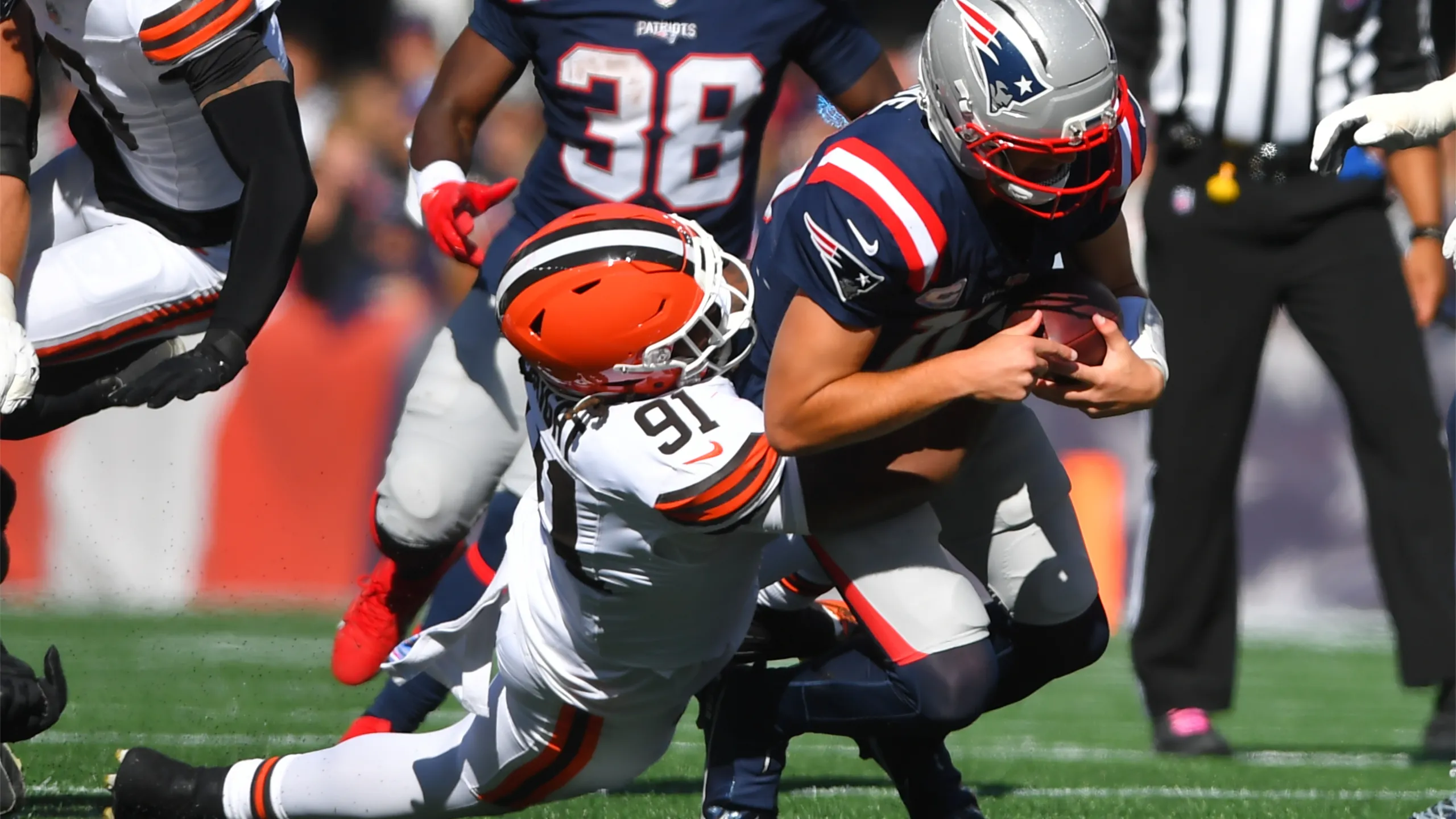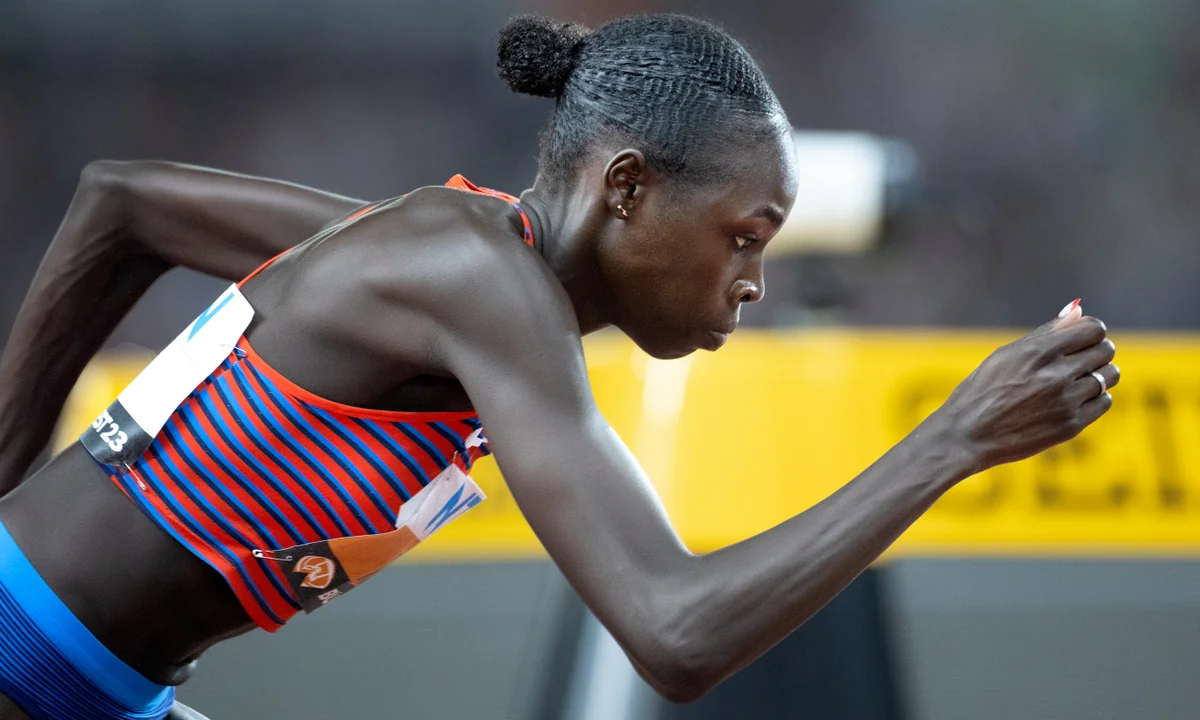The intersection of sports and lifestyle has never been more dynamic than it is in 2025. What was once seen as purely physical activity has evolved into a holistic pursuit of well-being that blends mental health, nutrition, technology, and community. From wearable fitness tech and personalized training programs to sustainable sportswear and mindfulness-based recovery, the modern sports lifestyle is about much more than performance — it’s about balance.
This article explores how sports and lifestyle trends are evolving in 2025, the innovations shaping the fitness industry, and how people are redefining what it means to live an active, healthy, and fulfilling life.
1. The Fitness Revolution: From Physical Training to Total Wellness
For decades, fitness was synonymous with gym workouts and athletic training. In 2025, that definition has expanded dramatically. Fitness is now a lifestyle — one that integrates movement, recovery, nutrition, and mental well-being into daily life.
The “total wellness” approach emphasizes not just how hard you train, but how well you recover, sleep, and manage stress. Fitness professionals are now collaborating with nutritionists, psychologists, and wellness coaches to create personalized plans that address both body and mind.
Moreover, flexibility has become a cornerstone of modern fitness. Many people are opting for hybrid training — combining strength training, yoga, and outdoor activities like hiking, swimming, or cycling to maintain variety and prevent burnout. The focus is on longevity, not just aesthetics.
As one popular saying among fitness enthusiasts goes, “Consistency beats intensity.” The goal is no longer to train the hardest, but to train smarter.
2. Technology Takes Over: Smart Fitness and Digital Training
The fitness industry in 2025 is powered by technology. Smartwatches, connected gym equipment, and AI-driven fitness apps are now central to how people train, track progress, and stay motivated.
Wearable tech has evolved far beyond counting steps or calories. Devices can now measure blood oxygen levels, heart rate variability, and even stress levels in real time. These insights allow users to adjust workouts based on their recovery and readiness, reducing the risk of overtraining.
AI-powered fitness platforms are another major trend. Virtual personal trainers use algorithms to analyze your performance and customize routines based on your goals, body type, and energy levels. For example, apps like Apple Fitness+, Peloton, and WHOOP have integrated machine learning to deliver adaptive training programs.
The rise of virtual and augmented reality fitness is also transforming how people engage with sports. Imagine cycling through the Alps from your living room or boxing against a virtual opponent — these immersive experiences make workouts exciting, accessible, and interactive.
3. The Rise of the “Everyday Athlete”
Gone are the days when sports and athletic performance were reserved for professionals. In 2025, everyone is an athlete in their own way. The “everyday athlete” movement celebrates all forms of movement, whether it’s running marathons, practicing yoga, or playing weekend soccer with friends.
This cultural shift reflects a deeper understanding that fitness isn’t about comparison — it’s about personal growth and well-being. Social media has played a big role in this democratization of sports. Platforms like TikTok and Instagram are full of micro-influencers who share authentic fitness journeys, inspiring others to embrace active living without perfectionism.
Community-driven events, such as charity runs, outdoor boot camps, and local sports leagues, are also thriving. People are rediscovering the joy of connection through movement — and finding motivation in belonging to supportive fitness communities.

4. Mental Fitness: The Unsung Hero of Performance
The mental aspect of sports and lifestyle has taken center stage in recent years. In 2025, mental fitness is as essential as physical strength. Athletes and everyday fitness enthusiasts alike are embracing mindfulness, meditation, and emotional resilience as core components of their routines.
Top athletes have openly discussed the importance of mental health, helping to break the stigma around topics like anxiety, depression, and burnout. As a result, sports organizations and fitness platforms are integrating mental wellness tools into training programs.
Apps that combine physical workouts with mindfulness practices — such as guided breathing or post-exercise reflection — are helping users maintain balance. Studies continue to show that athletes who practice mindfulness experience better focus, improved performance, and faster recovery.
Mental health is no longer seen as separate from physical health — it’s part of the same conversation about living a balanced, high-performing life.
5. Sustainable Sports: The Eco-Friendly Movement
Sustainability has become a defining trend across all industries, and sports are no exception. In 2025, eco-conscious fitness is a growing lifestyle choice. From biodegradable yoga mats to recycled running shoes, brands are designing products that reduce environmental impact.
Major sportswear companies like Nike, Adidas, and Patagonia are leading the movement with circular fashion initiatives — using recycled plastics, organic cotton, and sustainable dyes. Consumers are more aware of where their gear comes from, demanding transparency and responsibility from manufacturers.
Outdoor sports are also promoting environmental stewardship. Runners and cyclists are participating in “plogging” events — picking up litter while exercising — while sporting events are adopting zero-waste policies.
This shift demonstrates a new mindset: that staying fit and protecting the planet go hand in hand.
6. Nutrition and Recovery: Fueling the Modern Athlete
Nutrition and recovery have become central pillars of the sports lifestyle in 2025. As people gain a deeper understanding of how diet and rest affect performance, they’re moving beyond short-term diet trends toward sustainable, science-backed nutrition.
Personalized meal planning is on the rise. Apps and wearables now track how different foods impact energy, sleep, and training performance, helping users make data-informed dietary choices. Plant-based and flexitarian diets continue to gain popularity due to their health and environmental benefits.
Recovery is another major focus. Techniques like cold therapy, infrared saunas, compression gear, and sleep optimization are now part of many fitness routines. The goal is to support the body’s natural repair processes and prevent burnout — a concept once overlooked in traditional fitness culture.
Sleep, often called “the ultimate performance enhancer,” is finally getting the recognition it deserves. Sleep-tracking technology and blue-light reduction habits are helping athletes of all levels achieve better rest and recovery.
7. The Social Side of Fitness: Community, Connection, and Motivation
One of the most powerful aspects of modern sports and lifestyle culture is its sense of community. Group workouts, fitness challenges, and online communities are providing motivation, accountability, and emotional support.
Social media continues to influence how people share fitness goals and celebrate progress. Virtual fitness groups, online competitions, and wellness retreats are helping individuals connect with others who share similar passions and goals.
The blending of sports, travel, and lifestyle has also created a booming niche — adventure tourism. People are booking wellness retreats, surf camps, yoga festivals, and cycling tours around the world. Fitness is no longer confined to the gym — it’s a way to explore, connect, and experience life.
8. Looking Ahead: The Future of Active Living
The sports and lifestyle industries will continue to evolve, guided by innovation and a focus on holistic well-being. As AI, biotechnology, and wearable tech advance, individuals will have even greater insight into their bodies and behaviors.
But amid all the innovation, the core philosophy remains timeless: movement is life. Sports and fitness will always be about human potential — not just the physical kind, but mental and emotional as well.
The next generation of fitness culture will emphasize inclusivity, balance, and sustainability, ensuring that everyone — regardless of age, ability, or background — can participate in the pursuit of health and happiness.

Conclusion: Sports and Lifestyle for the Modern Age
In 2025, sports and lifestyle are no longer separate worlds. Together, they form a powerful movement centered around well-being, self-discovery, and community. Fitness isn’t just about building muscle — it’s about building confidence, resilience, and connection.
As technology advances and attitudes toward health continue to evolve, one thing remains constant: the desire to live better. Whether through mindful movement, sustainable choices, or shared experiences, the modern active lifestyle is about more than looking fit — it’s about feeling alive.




